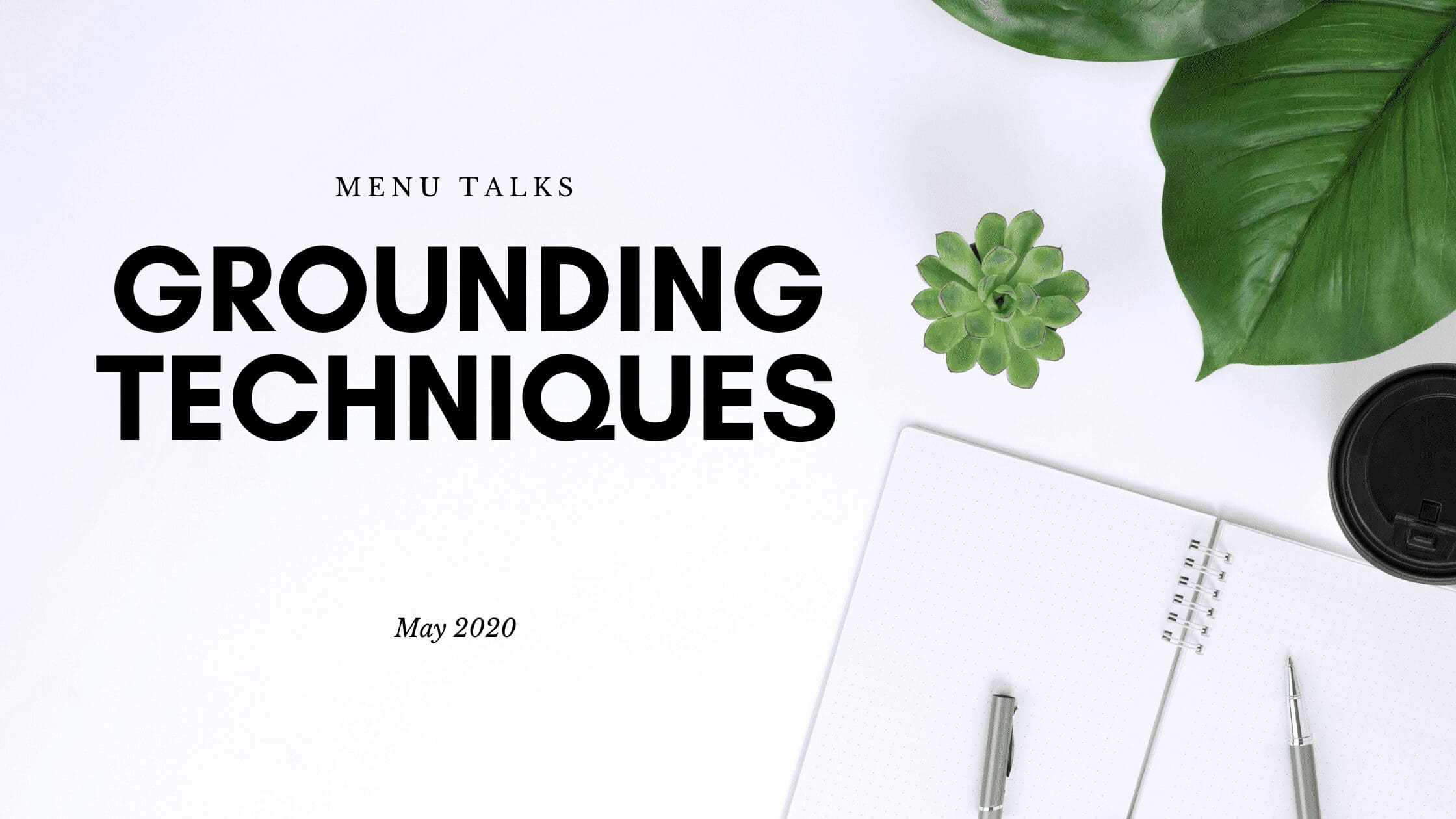Welcome to week three of grounding techniques. This week, I am covering the ground technique, “Body Awareness.” If you have missed any part of the series, click here to catch up! As always, remember my disclaimer before practicing any mental health information. What is Grounding? Grounding is the act of bringing the mind back to the present by distracting […]
